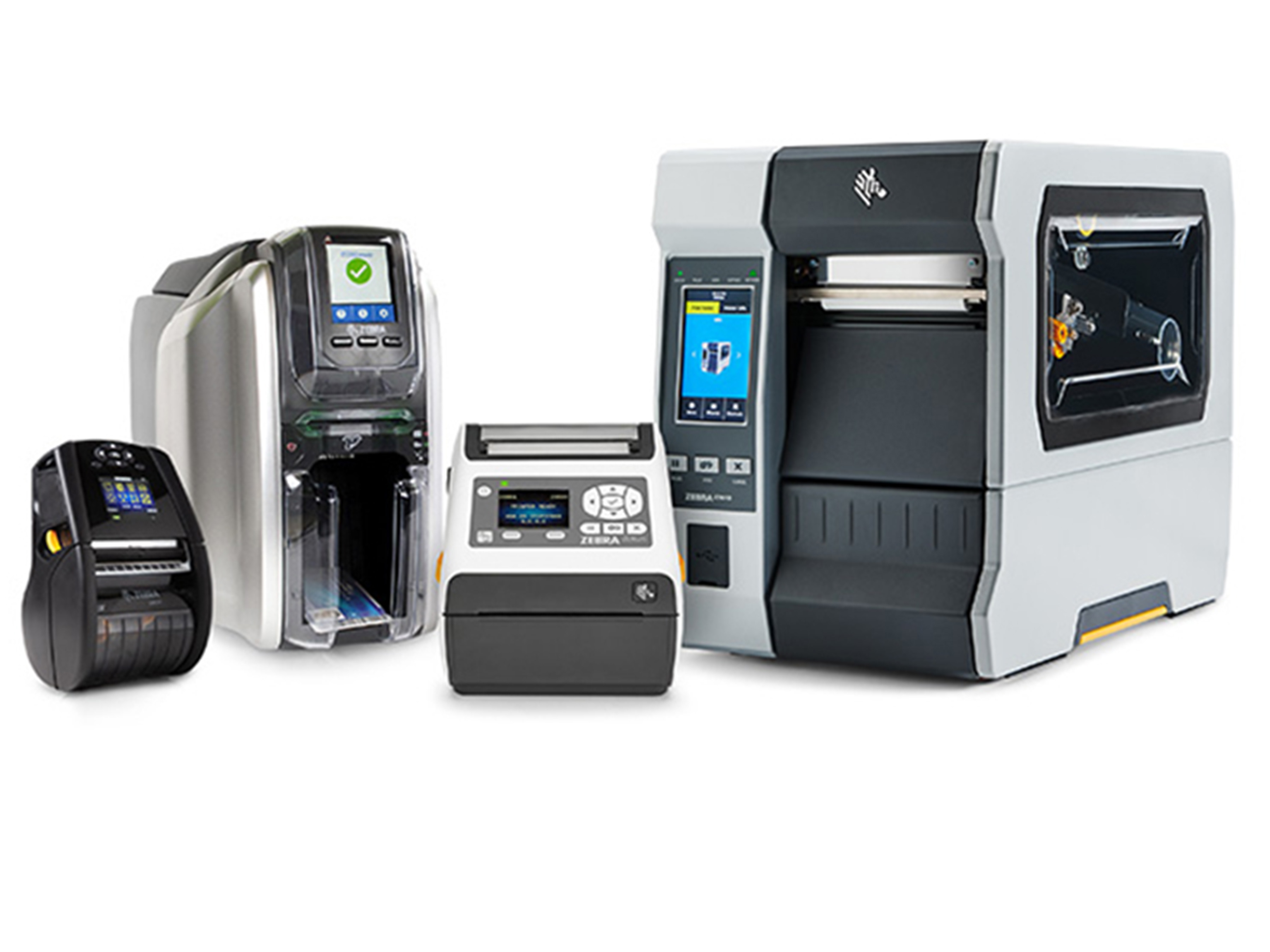Industry News - Week of Jul. 1, 2019
IN THIS ISSUE: Robots to Kill 20M Jobs by 2030; AI Creates More Jobs than it Destroys; How Good is Your Machine Learning?; What's Next for Wi-Fi at 20; Bill Gates Admits Failure; Why to Invest in Your Retail Employees; GDPR is Just the Beginning; Wood Comes to 3D Printing
A report published in June by Oxford Economics predicts that as many as 20 million manufacturing jobs could be lost to artificial intelligence, automation and robotics in about a decade.
AI Creates Three Times the Jobs it Destroys
For those disheartened by reports of the job-killing tendancies of artificial intelligence, a report by job giant ZipRecruiter says the exact opposite, and cites 2018 job-placement statistics to prove it.
How Good is Your Machine Learning?
A set of benchmarks under development are designed to measure how well a machine has been programmed to learn. The so-called MLPerf Inference is an effort by a consortium that includes Cisco, Intel, Google, Microsoft, Tensyr and many others.
Wi-Fi at 20: What's Next for the Internet's Most Important Tech
Later this year we're expected to see the release of Wi-Fi 6, which promises to improve security, boost speeds by 30 percent and maintain throughput at scale.
"We didn't assign our best people to do the work," said Microsoft co-founder Bill Gates in a June 24 interview, of the then-fledgling Windows Mobile operating system under development in 2000. Gates also blamed antitrust actions taking place at the time. "We were distracted...it's the biggest mistake I made."
Good Retail Jobs Boost the Economy
Investing in retail employees through good salaries, training and empowerment are all part of a good jobs strategy, according to the Harvard Business Review.
GDPR is Just the Beginning
Identify theft, credit card fraud--and to a lesser extent, government intrusion--are leading countries to implement more stringent privacy laws in the near future, according to Forrester Research.
Wood: the Latest Breakthrough in 3D Printing
If you thought researchers would be satisfied after inventing 3D printing of human organs, you were wrong. Chalmers University in Sweden has developed a way to extrude a nanocellulose gel extracted from wood pulp to manufacture "wooden" objects, helping reduce deforestation.

Edward Correia




